In the report on the "Public-private national construction" model and the mechanism of the Vietnam Private Economic Panorama (ViPEL) model, Ms. Pham Thi Ngoc Thuy, Director of the Office of the Private Economic Research and Development Board (Board IV under the Prime Minister's Advisory Council for Administrative Procedure Reform), said that at the working session with Board IV in August 2025, the Prime Minister assigned 4 important tasks, in which the task of organizing the Vietnam Private Economic Panorama must ensure substance, efficiency, and avoid formality. The Prime Minister also assigned Board IV to search for and honor good and effective business models/exemplary models; research the establishment of the Private Economic Development Fund and develop a set of indicators to assess the business environment to ensure independence and objectivity.
Implementing the direction of Resolution 68-NQ/TW on private economic development, after many months of preparation, Committee IV and a team of typical large, medium and small entrepreneurs in the economy have proactively gathered forces, built the ViPEL model, initially gathered the core forces of economic sectors, tightly organized into the Executive Council and 4 specialized Committees. The diverse structure, from large to small, in all scales and fields, linked according to the industry development goals, has created a Vietnamese ecosystem ready to act to focus on mastering core competencies in the economic development process.
Demonstrating "three together" with the State, ministries, branches and localities, at the meetings this morning, more than 500 businesses participating in 4 sessions of the Committee and the Women Entrepreneurs Forum under the ViPEL model jointly identified "big problems", growth/breakthrough room of industry groups and proposed projects with the spirit of "public-private cooperation to build the nation", with the desire to pilot new ways of doing things and spread positive values.
In order for the ViPEL initiative and the "three together" spirit to be brought into life in a practical way and create value, based on the initial proposal of Board IV and the founding team of entrepreneurs, the ViPEL Executive Council recommends that the Prime Minister assign relevant ministries and branches to advise on mechanisms or methods for piloting the "public-private partnership" model. This will open up opportunities and move towards a legal basis to allow piloting difficult and new mechanisms: such as applying specific mechanisms in selecting investors, assigning leadership to reputable domestic enterprises for national and local strategic projects, along with conditions on goals, responsibilities and transparent supervision, eliminating the "ask - give" mechanism.
According to Ms. Pham Thi Ngoc Thuy, Resolution 68 opens up great opportunities for businesses. Ministries, branches and localities are also making great efforts in reforming the apparatus, streamlining changes to create a more open business environment. In that context, we still seem to lack a strong enough mechanism to mobilize the combined strength of both the public and private sectors for major national problems.
The "public-private partnership" model is that state agencies will focus on creating a transparent and effective policy environment and legal framework. Private enterprises will bring aspirations, resources (finance, knowledge, technology) and operational capacity to realize the goals. The model is built on a commitment to implementation, with a mechanism to monitor and measure effectiveness in a transparent and regular manner.
At Committee 1 on Emerging Technologies and Innovation, a low-level economic alliance (LAE) with 10 representatives of businesses, institutes, and schools in emerging technologies was formed. At Committee 2 (Infrastructure and Competitive Industries), large-scale projects on the world maritime center in Ho Chi Minh City, offshore wind power in the South, etc. were proposed to shape a private sector team leading key infrastructure projects, solving national problems.
In the discussion of Committee 1 on public-private mechanisms in emerging technology and innovation industries, discussing opportunities for low-altitude economic development (LAE) and the "public-private" synergy problem, Mr. Tran Anh Tuan, Vice President of the Vietnam UAV Network, said that Vietnam is facing a "once-in-a-lifetime" opportunity to become the world's low-altitude economic center, the global drone capital, including R&D activities, production of components, UAV equipment, eVTOL, Air Taxi, UTM (air traffic management) solutions and supporting infrastructure, forming a technology industrial ecosystem, bringing in tens of billions of USD and millions of jobs.
The launching event of the Vietnam Low-Level Economic Alliance (Vietnam LAE) is an important milestone, a breakthrough in the process of raising Vietnam's position on the global technology map. Vietnam LAE is a pioneering group, bringing together leading technology, financial, startup and expert corporations, to research, build strategies, and develop projects for Vietnam LAE, laying the foundation for Vietnam to become a leading country in the region, becoming the World's Low-Level Economic Center. The core goal is to build LAE into a key economic sector, promote the strong development of thousands of supporting enterprises, bring in tens of billions of USD in the next 10-15 years, create 1 million high-quality jobs, and affirm Vietnam's position on the global technology map.
Talking about the potential for the fintech and digital assets sector in Vietnam and potential projects under the "public-private partnership" model for breakthrough growth, Mr. Le Van Thanh, Deputy General Director of Vikkibank, shared that fintech and digital assets are two driving forces for a strong and prosperous Vietnam. The potential of Vietnam's Fintech market by 2029 is about 72.24 billion USD, with an annual growth rate of about 13.11%. In order to turn fintech and digital assets into new growth drivers, there needs to be a "public-private partnership" model with the common goal of building a strong and prosperous Vietnam; shared benefits: fair distribution of value created from the digital economy; shared responsibility: ensuring security, safety and sustainable development.
At the meeting, delegates discussed the growth potential of emerging technology industries (AI, semiconductors, low-end economy, financial technology and digital assets...) and some bottlenecks/challenges to break through growth targets; tasks/content that parties need to implement using public-private synergy mechanisms in the new context.
Source: https://baotintuc.vn/thoi-su/cong-tu-dong-kien-quocphat-trien-kinh-te-tam-thap-va-cong-nghe-tai-chinh-20251010152410814.htm


![[Photo] Ho Chi Minh City is brilliant with flags and flowers on the eve of the 1st Party Congress, term 2025-2030](https://vphoto.vietnam.vn/thumb/1200x675/vietnam/resource/IMAGE/2025/10/10/1760102923219_ndo_br_thiet-ke-chua-co-ten-43-png.webp)
![[Photo] Opening of the World Cultural Festival in Hanoi](https://vphoto.vietnam.vn/thumb/1200x675/vietnam/resource/IMAGE/2025/10/10/1760113426728_ndo_br_lehoi-khaimac-jpg.webp)


![[Photo] Unique Phu Gia horse hat weaving craft](https://vphoto.vietnam.vn/thumb/1200x675/vietnam/resource/IMAGE/2025/10/10/1760084018320_ndo_br_01-jpg.webp)

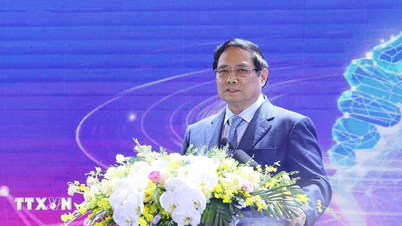



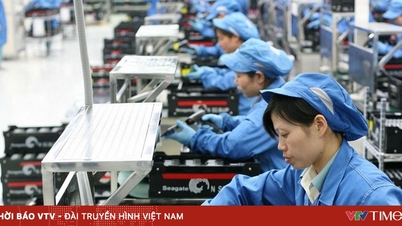



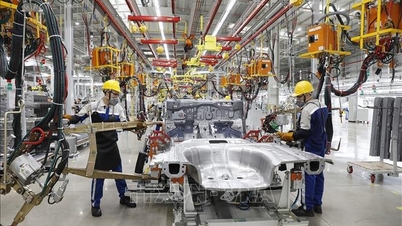










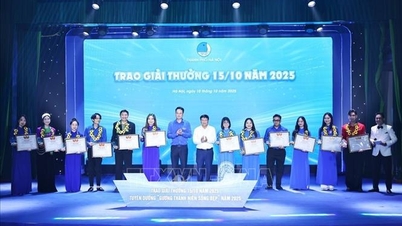




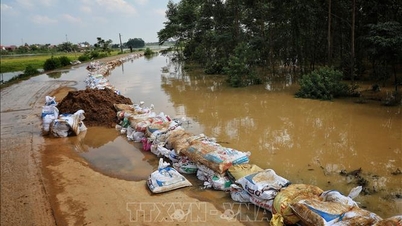



















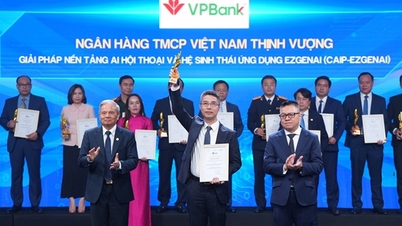













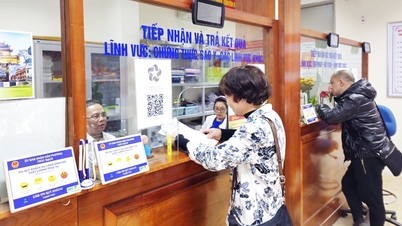





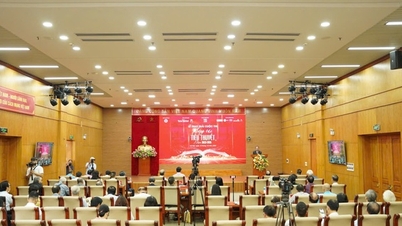
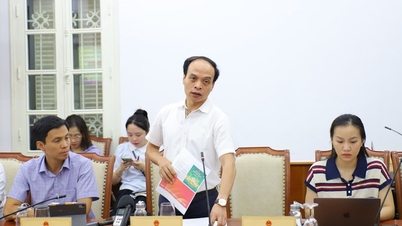









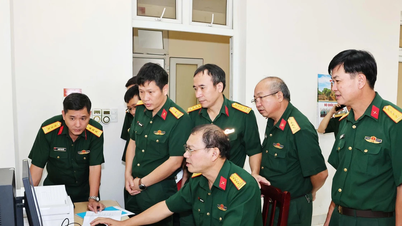
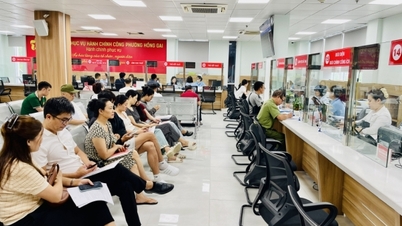

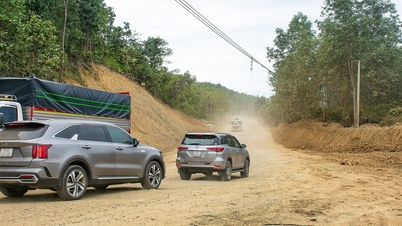


















Comment (0)